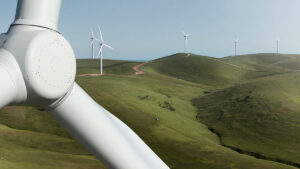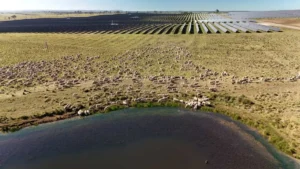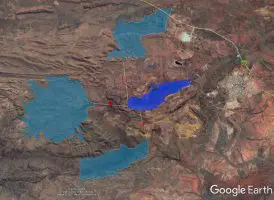Installation of all the battery modules for the 35MW one hour Darwin-Katherine Battery Energy Storage System – the first grid scale standalone battery in the Northern Territory – has been completed, although it will not be in full operation until 2024.
The Northern Territory’s Labor government announced on Sunday that installation of all 192 Hitachi Energy batteries in the $45 million project had been completed, allowing progression to the first stages of pre-commissioning.
Construction of the Darwin battery got underway in August last year and it is being built to support increased solar power and to displace a significant amount of gas-fired generation at the Channel Island Power Station.
Although the overall spend on the big battery grew to $45 million, the expected annual cost savings have also increased to around $9.8 million per year, keeping the promise of a five-year payback period intact.
“It means we can reduce the gas turbines spinning and reduce the amount of fossil fuels being burnt,” said the territory’s renewables and energy minister Selena Uibo.
Territory Generation, which will own the battery, said the battery will support the system in the case of sudden cloud cover affecting solar output, giving time for a gas fired generators to start up if needed, rather than “spinning” and burning fuel while it is doing so.
The government says network connected commissioning of the Darwin-Katherine big battery is scheduled to commence later this year and the facility will be fully commissioned in the 2023/24 fiscal year.
“Renewable energy makes economic and environmental sense,” said Natasha Fyles, the Northern Territory’s chief minister.
“The Territory Labor Government is investing in DK BESS as an important step towards achieving 50% renewable power by 2030 and net zero emissions by 2050.
However, there are still problems with the territory’s solar farms, with four big solar farms built and sitting idle for much of the past three years because they are unable to conform to strict new standards imposed by the local market regulator.
See also RenewEconomy’s Big Battery Storage Map of Australia










